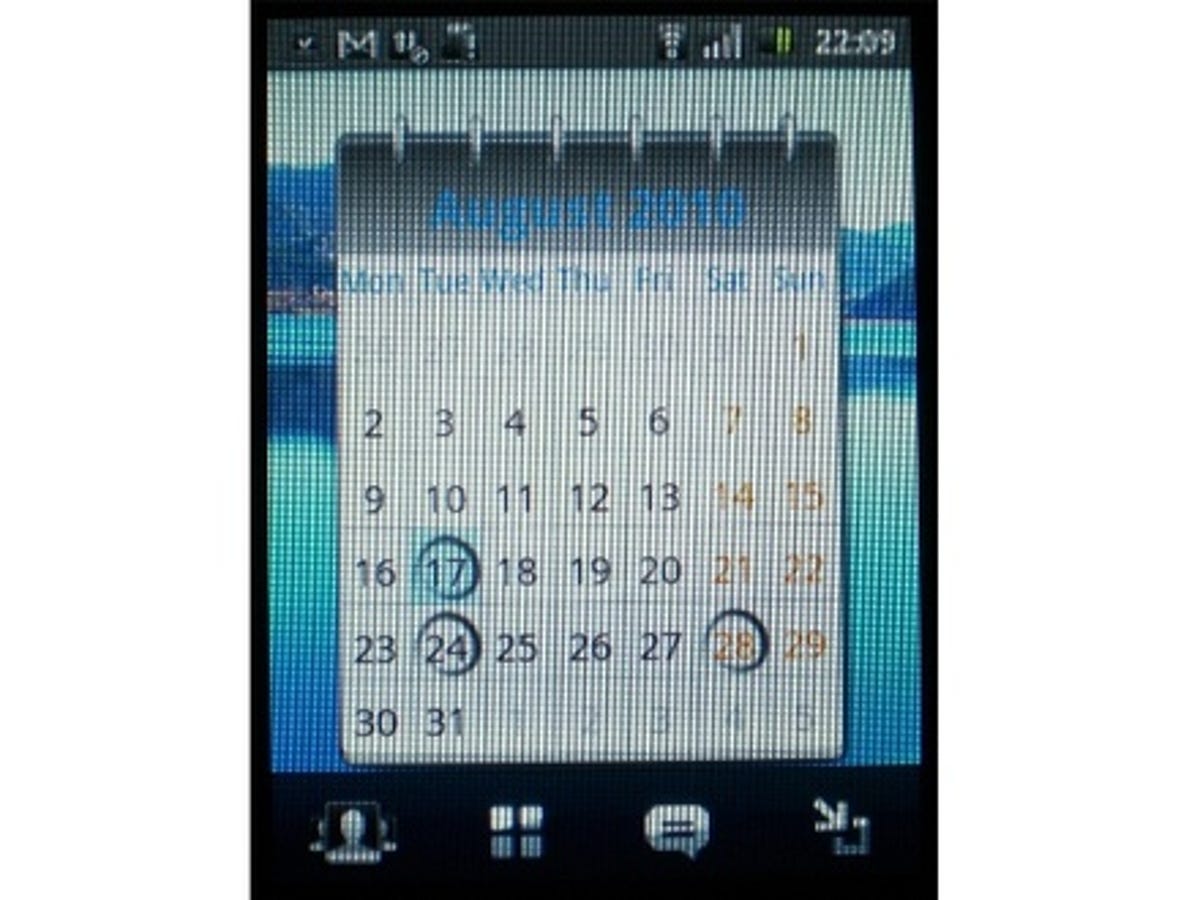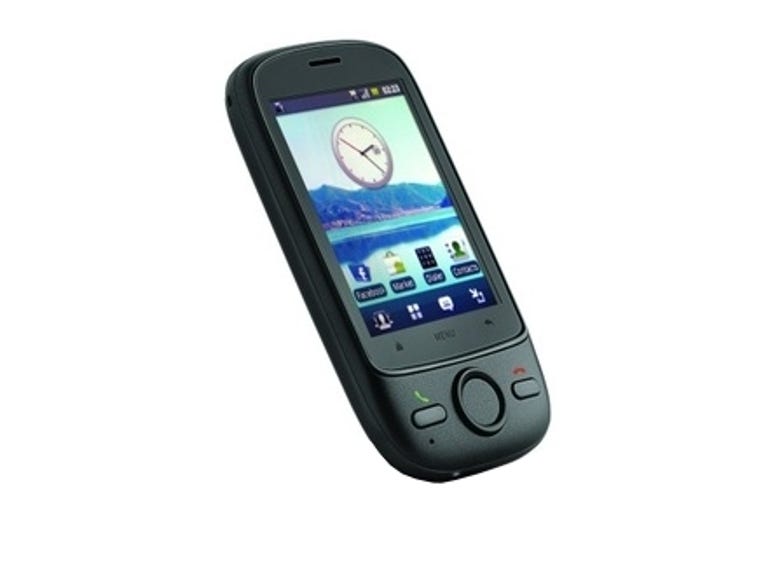 Why You Can Trust CNET
Why You Can Trust CNET T-Mobile Pulse Mini review: T-Mobile Pulse Mini
The T-Mobile Pulse Mini is an affordable and decent alternative to high-end smart phones running Google's mobile operating system. Just don't expect premier-league performance.
T-Mobile and Huawei have already proven that you can get a decent Android smart phone on a pay as you go deal, with 2009's cheap and cheerful Pulse. The two companies are back for a second bite of the cherry with that handset's diminutive sequel, the T-Mobile Pulse Mini.
The Good
The Bad
The Bottom Line
The Mini is available for £100 on a pay as you go deal, making it one of the cheapest Android handsets currently available.
Update, 13 April 2011: This phone is now available for just £20 on pay as you go.
The same, but different
The Mini looks like a smaller, more compact edition of the original Pulse, with a similarly rounded body and glossy plastic exterior. Alas, it also has the same low-budget feel. As well as sharing many similarities with its predecessor, the Mini also bears more than a passing resemblance to HTC's Tattoo, another Android handset aimed at those on a budget.

Corners have to be cut to sell a smart phone at this price. The Mini's tiny, 71mm (2.8-inch) touchscreen is of the resistive variety and requires the application of a certain amount of pressure to register an input. The bundled stylus makes typing more bearable but, with so much of Google's operating system revolving around finger-friendly gestures, the Mini's screen feels rather archaic. Needless to say, it lacks support for multi-touch gestures, so you can't pinch your fingers together to zoom into a map, for example.
Android underdog
Despite the Mini's humble aspirations, it comes loaded with Android 2.1. While this isn't the latest iteration of the OS, it means that the handset benefits from cool features such as the free Google Maps Navigation sat-nav software, Voice Search and animated live wallpapers.
In a bid to make the phone more appealing, T-Mobile has included a raft of improvements over the stock 2.1 software. The number of home screens, for example, has been boosted from the default five to an astonishing 15, which is even more than HTC's famous Sense interface offers.
That gives you a huge amount of on-screen real estate to play with, and means you can go widget-crazy, filling each screen with useful shortcuts and interactive elements. T-Mobile's also provided a smattering of new widgets to tinker around with, although many of them are merely replications of ones already bundled with the stock Android OS, such as the picture frame and music player.
Processor pitfalls
Unfortunately, the Mini's anaemic processor often struggles to keep pace with the software. If you have several apps running at once, as well as the animated wallpapers, the handset will be reduced to a pitiful crawl.
The Mini's multimedia chops are slightly disappointing as well. There's a 3.5mm headphone socket, which is great news for portable pop-pickers as you can use your own cans, but the 3.2-megapixel camera produces below-average shots and the weak CPU struggles with video recording and playback.
Despite these shortcomings, however, you have to remember that the Mini isn't aiming to be the king of Android handsets. At such a low price, it would be churlish to place too much focus on its shortcomings.
Conclusion
If you're looking for an inexpensive way to board the Android express, then the T-Mobile Pulse Mini is certainly worth considering. Its resistive touchscreen, weak CPU and cut-price build quality are definite downsides, but they're mitigated by its small dimensions, low price and the benefits offered by Android 2.1.
Before parting with your wonga, also check out the ZTE Racer, which costs around £100 on a pay as you go deal, and sports Android 2.1. It suffers from many of the same issues as the Mini, but does so with a little more dignity.
Edited by Charles Kloet


